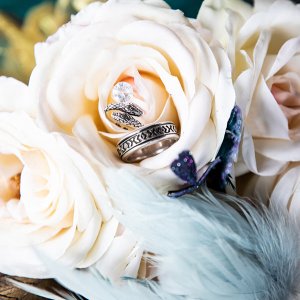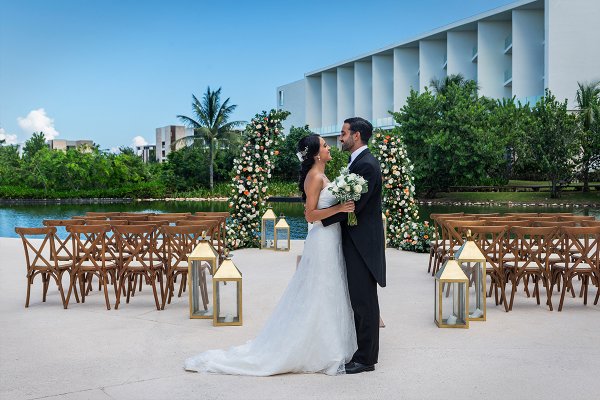Marriage is one of life’s most exciting milestones, but a wedding can make even the most enthusiastic bride anxious. The new book, Stuff Every Bride Should Know by Michelle Park Lazette, breaks down the basics to planning a wedding. Here, Lazette discusses how to create a reasonable wedding budget — and keep your spending in check.

Photo Credit: iStock
You could easily spend tens of thousands of dollars on a wedding, but that doesn’t mean you must. Be resourceful and prioritize. No matter your budget, you can have at least some of the fabulous ideas that you dream up.
Set your limits. Calculate how much you can afford to spend on your wedding. If your parents are planning to contribute financially, now is the time to talk about it, even if you feel awkward bringing it up. Explain that you’re trying to set and stick to a budget, and you wonder what, if anything, they’d like to contribute. If the answer is nothing, be gracious and don’t feel discouraged. The important thing is that you know a firm number before you start planning.
Start saving. Need to save more money than you ever have before? Deposit part of each paycheck into a savings account at an institution that’s not your mainstay. What you can’t see, you won’t spend. Use the account to pay for all of your wedding-related expenses. After the wedding, you can close it... or change its purpose to your next big goal!
Make a wish list. Prioritize which details are most important to you. (If you’re high-end food lovers, settling for delivery pizza may not appeal to you.) You don’t want to have written checks for ancillary details, only to realize that the locally sourced, upscale menu items you wanted are unaffordable with the dollars that remain.
Do some research. Blindly setting a budget for something you’ve never purchased doesn’t make sense. So before you assign numbers to what you’ll spend on linens and uplighting, research them. Call three vendors in each category, and ask the going rate for their services and what they’ll include.
Add it up. Estimate how much you expect to spend on each item of your wish list, and know the subtotal. Then build in some extra space for unexpected expenses. Is the total less than the limit you set? Lucky you! Is it more? Try cutting some lower-priority line items, reducing the guest list, or swapping in some alternatives until the amount you plan to spend is less than the amount you can afford.
Stick to the plan. Refer to your budget as you start hiring vendors, buying supplies, and signing contracts. You can adjust it, but remember to keep it balanced. If you’re going to spend more on the photographer, spend less on the flowers to allow for it.
Be careful of too-good deals. The higher the demand for someone’s photography, wedding planning, or pie pops, the more they can charge. It’s simple supply and demand, and that’s fair — after all, they’re vendors, not non-profits. So before you hire a bottom-dollar vendor, figure out why their prices are so low. They may have less experience, for example, or they may source cheaper supplies.
Offer to barter. Don’t feel ashamed asking vendors: How can we cut costs while still achieving our goals? Is there something you need (writing, photography, marketing help, an extra pair of hands for wedding setups, etc.) for which you’d consider a trade or discount?
Put away the credit card. Don’t go into debt for your wedding, especially if you’re only racking it up because the day has become a production that you presume everyone expects. You can spend an entire year’s salary and still disappoint someone. As you set sail for your honeymoon, the day should be a memory, and so should its costs.
—Michelle Park Lazette
- kklein's blog
- Log in or register to post comments








